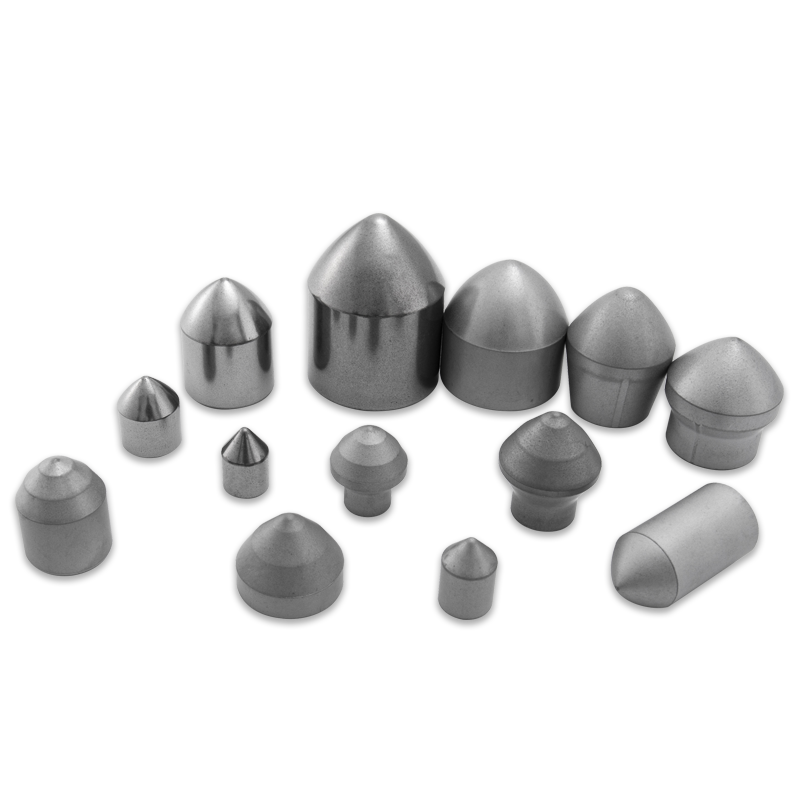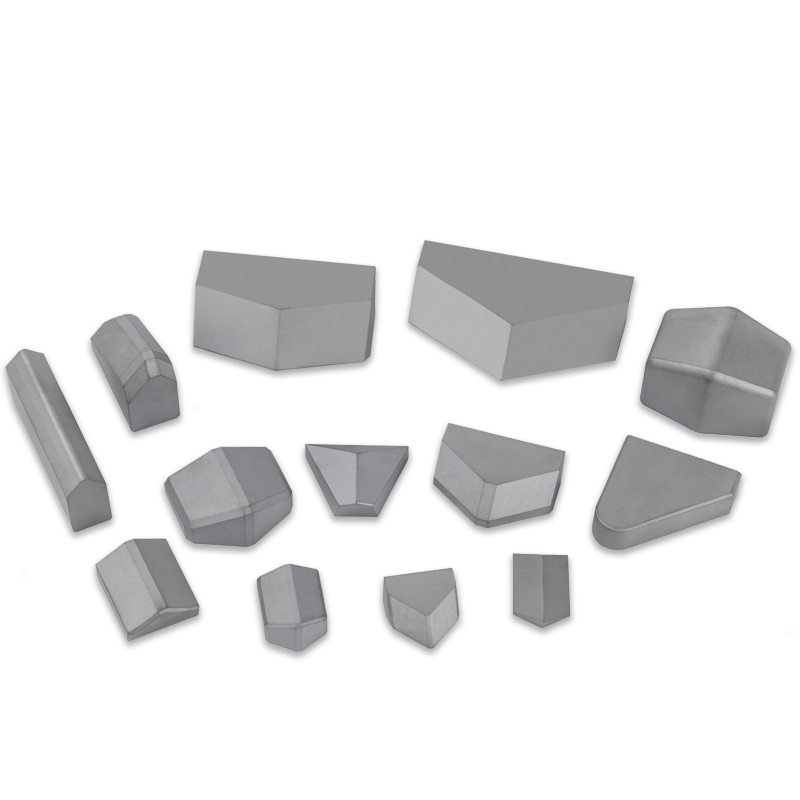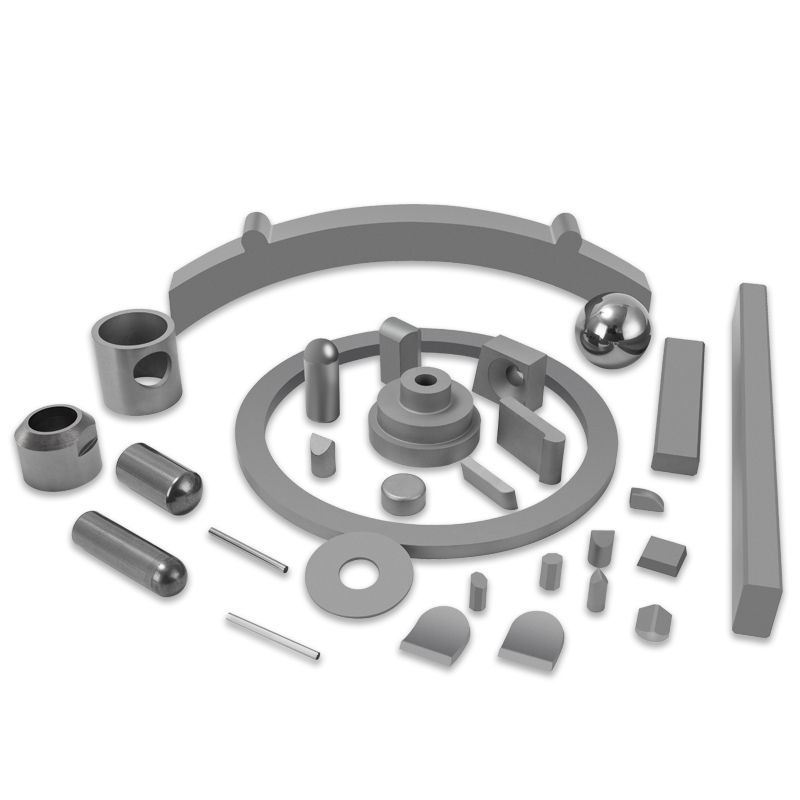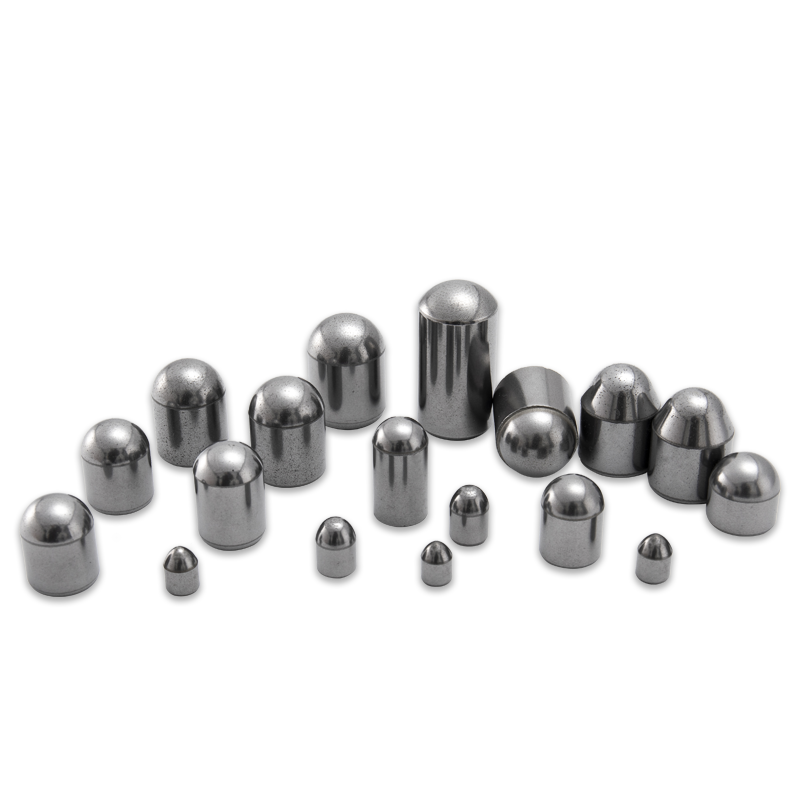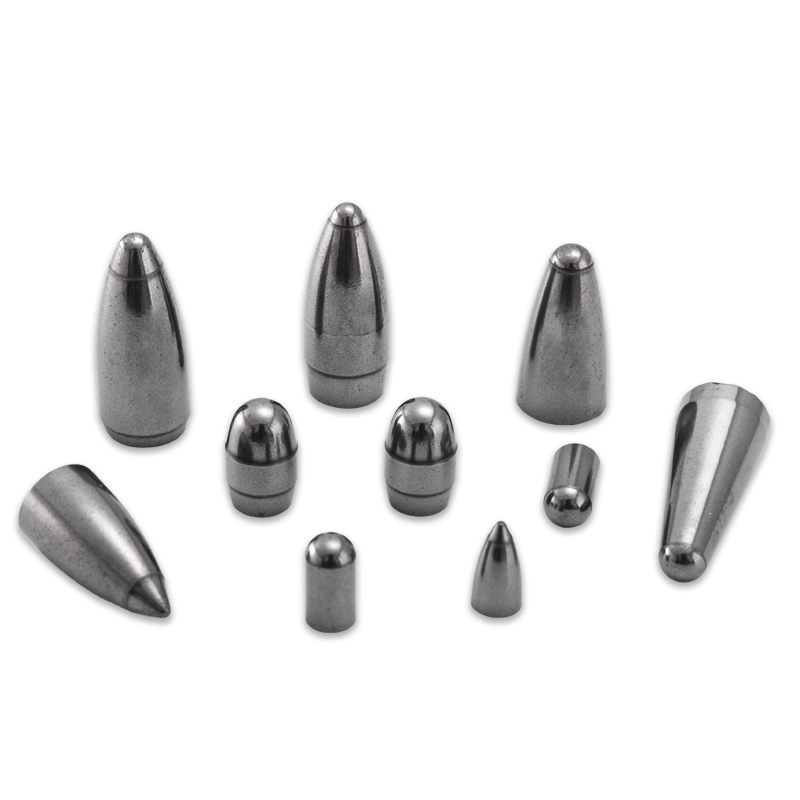The Benefits and Challenges of Using Tungsten Carbide
Advantages of Tungsten Carbide
Exceptional Hardness and Durability
Tungsten carbide is widely regarded for its remarkable hardness, ranking just below diamond. This property allows it to endure wear and tear over extended periods, making it ideal for use in tools and components that are subjected to high mechanical stresses. For example, cutting tools made from tungsten carbide can maintain their sharpness and precision even when machining hard metals, reducing the need for frequent tool replacements.
Its hardness also makes tungsten carbide perfect for applications involving abrasive materials, such as in the mining and drilling industries, where tools are constantly exposed to high-pressure conditions. Tungsten carbide inserts and coatings significantly extend the lifespan of these tools, contributing to increased productivity and reduced downtime.
High Resistance to Heat
Tungsten carbide has a high melting point of over 5,000°F (2,760°C), which makes it extremely resistant to heat. This property allows tungsten carbide components to perform in extreme temperatures, making it suitable for use in industries like aerospace and automotive. For instance, in jet engines and turbine blades, tungsten carbide's heat resistance helps maintain structural integrity and operational efficiency even in high-heat environments.
Enhanced Wear Resistance
In addition to its hardness, tungsten carbide has outstanding wear resistance. It is highly effective in reducing friction, which is critical for applications like ball bearings, valve seats, and piston rings in the automotive industry. Components made from tungsten carbide exhibit less wear over time, helping to improve the overall lifespan of machinery and reduce maintenance costs.
Corrosion Resistance
Tungsten carbide’s resistance to corrosion further enhances its appeal in harsh environments. Unlike many other materials, tungsten carbide does not easily corrode when exposed to moisture, chemicals, or other corrosive substances. This makes it an ideal choice for equipment used in mining, oil drilling, and marine applications, where corrosion can significantly impact operational efficiency and equipment longevity.
Challenges of Tungsten Carbide
Brittleness and Fragility
Despite its exceptional hardness, tungsten carbide is relatively brittle, which can be a disadvantage in certain applications. While the material can withstand significant wear, it is prone to cracking or chipping when subjected to sudden shocks or impacts. This characteristic requires careful handling during manufacturing and application, particularly in tools that may face impact forces, such as hammers or punches.

To mitigate this, manufacturers often alloy tungsten carbide with other materials or apply coatings to improve its toughness. However, this can add to the cost of production.
Cost of Production
The manufacturing of tungsten carbide is relatively expensive, mainly due to the high cost of tungsten itself, which is a rare and difficult-to-extract metal. The process of combining tungsten and carbon at high temperatures to produce tungsten carbide requires specialized equipment and expertise, which further adds to the cost. As a result, tungsten carbide tools and components tend to be more expensive compared to those made from other materials like steel or cast iron.
However, the extended lifespan and reduced maintenance costs of tungsten carbide tools often offset the initial investment, especially in high-performance applications.
Machinability Challenges
While tungsten carbide is highly effective as a tool material, it presents challenges during its own machining. Due to its hardness, tungsten carbide is difficult to cut, grind, or shape, which necessitates the use of diamond tools or specialized equipment. This increases the complexity and cost of manufacturing tungsten carbide components, particularly when producing intricate parts.
Manufacturers must also consider the difficulty of repairing or reshaping tungsten carbide components once they are in use. As a result, proper planning and design are crucial to ensure the material is used effectively without incurring excessive production costs.


 English
English русский
русский